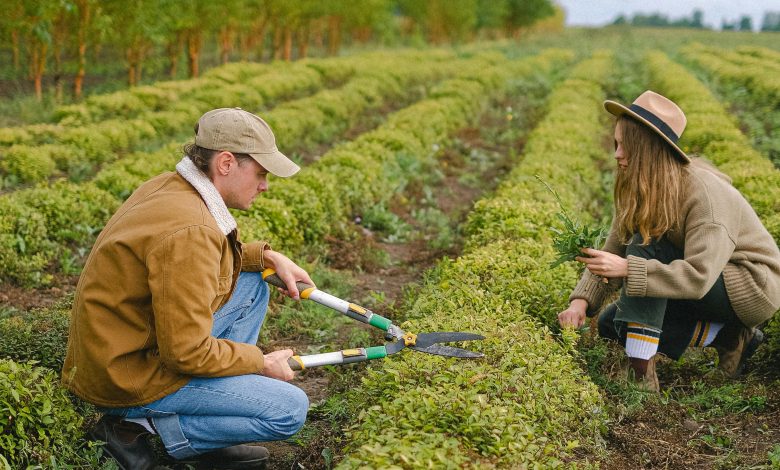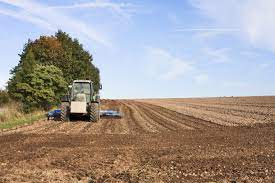California vs Texas – Amount of agricultural production

Last Updated on March 7, 2024 by Abdul Rehman
California and Texas are agricultural giants with different climates, huge farmlands, and major food supply contributions. Understanding agricultural productivity in these states needs studying climate, crop variations, and economics. This comparative examination examines California and Texas’ agricultural strengths, weaknesses, and contributions to the nation’s agricultural production.
California produces approximately 400 commodities, making its agriculture industry famous. Its Mediterranean climate and vast irrigation systems allow it to grow fruits, vegetables, nuts, and wine grapes. The nation’s “fruit and vegetable basket,” the Central Valley, produces much of California’s agricultural production.
Texas has different agricultural environments, from the Panhandle plains to the Rio Grande Valley’s lush soils. The state produces the most livestock, cotton, corn, wheat, and sorghum in the nation. Texas has large citrus and pecan groves, especially in the south.
California’s multiple microclimates enable year-round crop cultivation, contributing to its agricultural prosperity. High yields and steady harvests result from the state’s large irrigation infrastructure and excellent weather. Prolonged droughts and competing urban and environmental conservation initiatives make water shortage in California a problem.
Texas has a highly unpredictable environment with droughts, sporadic rains, and storms. The state’s extensive terrain offers agricultural growth, but water management is crucial, especially in groundwater-irrigated areas.
Both California and Texas have major agricultural economic significance. Agriculture produces billions of dollars and employs hundreds of thousands of Californians. The state is a global agricultural powerhouse due to its specialized crops and high-value commodities.
Agriculture supports rural areas and boosts Texas’ economy. Large ranchlands and lush soils make the state a prominent livestock, cotton, and grain producer. Texas’ strategic position and strong transportation infrastructure enable agricultural exports to domestic and worldwide markets.
Although they are agricultural powerhouses, California and Texas confront several obstacles that endanger their farming businesses. Climate change threatens agriculture production and water supply with protracted droughts, heatwaves, and precipitation patterns. Farmers and ranchers in both states also face labor shortages, regulatory restrictions, and market instability.
These difficulties provide chances for creativity and adaptability. California leads the nation in agricultural research and technological adoption, improving water efficiency, soil health, and insect management. Texas invests in research and extension to meet agricultural community requirements including crop resilience and alternative irrigation.
Reliable sources are needed to keep up with California and Texas agricultural production news and statistics. The California PR Paper and Texas PR Magazine provide agricultural stakeholders with regional trends, market information, regulatory changes, and expert analysis.
Crop updates, water management methods, and emerging technology are covered in full in the California PR Paper. Interviews with industry executives, academic research, and farm optimization ideas are available. Local farmers’ successes and creative approaches that preserve and resilient California agriculture are also featured.
Agricultural professionals, legislators, and hobbyists looking to understand Texas’ farming and ranching communities trust the Texas PR Magazine. The magazine covers livestock management, agricultural production, agribusiness trends, and rural development through feature stories, opinion pieces, and data-driven research. Readers may learn about Texas agriculture’s issues and development and diversification prospects.
Two unique but equally powerful agricultural actors in America are California and Texas. Texas has enormous acreage and a strong ranching culture, whereas California thrives on its broad agricultural portfolio and technological advances. Use tools like the California PR Paper and Texas PR Magazine to keep updated on the latest agricultural economic trends in these states and make educated decisions to promote their industries’ sustainability and growth.
Apart from this, if you are interested to read an amazing article on Washington vs Arizona – Amount of agricultural production, then visit our Daily Bites category.




